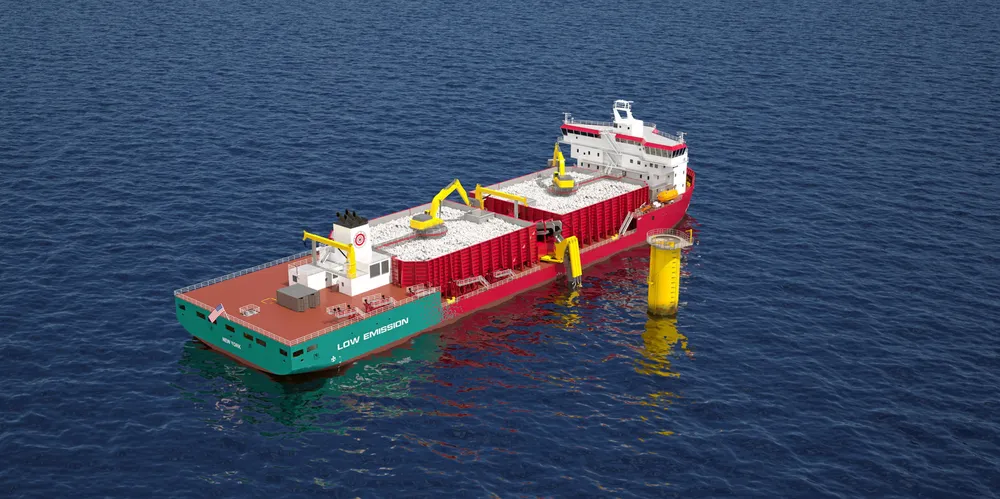First 'Made in America' rockdumper to sail for giant Equinor-BP US Atlantic wind project
Philly Shipyard to build $200m Jones Act-compliant vessel for Great Lakes Dredging for foundation support and cable protection at 2GW Empire Wind projects off New York

The Equinor-BP joint venture (JV) developing New York’s Empire Wind 1&2 offshore wind projects made its latest key supply chain investment by awarding the job of laying-in scour protection for the giant 2GW project’s foundations and export lines, an assignment that will see deployment of the country’s first-ever Jones Act-compliant rock-dumping vessel.
The contract won by US-based Great Lakes Dredging and Dutch marine contactor Van Oord encompasses installation of rock protection to stabilise the wind farm's monopile foundations, electrical substructures, and export cables.
“The consortium combines the experience of Van Oord with Great Lakes, the only US marine contractor to invest in building the first Jones Act-compliant fall-pipe vessel purpose built for the offshore wind market,” said Lasse Petterson, Great Lakes’ CEO.
The 461 foot (161 meter) rock laying vessel, under construction at the Philly Shipyard in Philadelphia, Pennsylvania, is expected to be delivered by the end of 2024 at a price of of $197m, with Great Lakes retaining the option for a second vessel for delivery by the end of 2025.
Philly Shipyard CEO Steinar Nerbovik said: “Philly Shipyard has a long-standing position as the leading US commercial shipyard for tankers and container ships. This win now carves a path into the expanding offshore wind market.”
The Bureau of Ocean Energy Management, the regulator of the offshore wind industry in federal waters, is reviewing Empire Wind's construction and operations plan, which it expects to approve in the second quarter of next year with construction commencing shortly afterward.
The 816MW Empire Wind 1, which obtained its offtake contract in 2018 from the New York Energy Research and Development Authority (Nyserda), is expected to be commissioned in December 2026. The 1.26GW Empire Wind 2 signed its purchase and sales agreement with Nyserda in January and will likely be commissioned in 2027.
(Copyright)